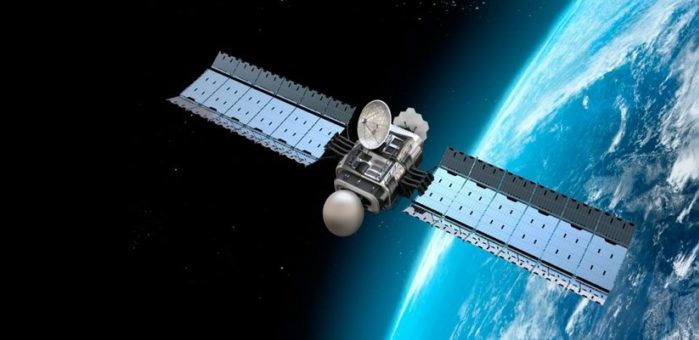In the past and for centuries, sailors used the constellations, sun, and moon to navigate to distant shores. Today, all that’s needed is a device called a GPS receiver. GPS stands for Global Positioning System, and it lets us know where we are and where we are going anywhere on Earth.
We still need objects in the sky to know where we are and how we get to other places, but now we use satellites instead of stars. Over 30 GPS navigation satellites are whizzing around the world, orbiting at an altitude of 12,000 miles, to help us find our way.
GPS is a three-part system:
- Satellites: Satellites act like the stars in constellations—we know where they are supposed to be at any given time.
- Ground stations: They monitor and control the satellites, and they help determine their locations—both where they were and where they are forecast to be.
- Receivers: A receiver, like you might find in your phone or in your car, is constantly listening for signals from these satellites, which can be used like a giant tape measure between the receiver and satellites.
Once your receiver calculates its distance from four or more satellites, it knows exactly where you are. Within seconds, from thousands of miles up in space, your location on the ground can be determined with incredible precision, often within a few yards of your actual location. Many high-tech receivers can figure out where you are to within a fraction of an inch.

































































